
John Keates
-
Posts
1,244 -
Joined
-
Last visited
Content Type
Profiles
Forums
Events
Posts posted by John Keates
-
-
definitely female. Looking good. I think the hair needs a little work but it is very good otherwise.
I would avoid normal maps. Bump maps will do for this.
-
I have a rig that does most of those things which I gave to Yves to look at. I didn't use expressions at all but relationships are very handy. I am fine about people using the rig. In fact I was thinking about turning the model into a thom type thing and posting it for download.
I can't say that it is production tested though but I have put it through some fairly extreme motions. It would be a good idea to get some experienced animators working with rigs as early as possible to evaluate them.
For instance, my rig enables you to rotate the foot at the heel, ball or ankle which is quite nice but you can get into a fix if you use all three controls at the same time as the foot can kind of creep out of position. This isn't a huge problem if you just watch what you are doing.
If a more flexible rig is used then there should be instructions or guides on how to use it. The problem is that some animators might not like other peoples working methods being imposed upon them.
-
Hey Paul,
This is really nice stuff. At this rate you will have completed your own version of the movei before the rest get there

-
That was very well done!! Lots of drama there and everything. Are you going to enter it to am films? I would like to see it with more bandwidth as it got a llittle lost in the compression at times.
-
I agree... that is a really nice tin man. I think that one of the bonuses of this disign is that it will be easier to make him bend in animation to get the facial expression in. Aparently this was a problem in the making of Robots - at first they didn't want them to bend but the had to in the end to get the expression in. It is a quiestion of finding ways to do it so that people don't see bendy metal.
I think that all the curves and swirls could help camoflage animation bendyness.
-
Nice photo. Still not what we asked for it it? Render and wireframe from the same view, or an admission.
-
I agree with Vern here. I could tell you why the images you just posted don't fit. For anyone with half a brain they are farcical. I could paint arrows on images pointing to things, I could repeat questions that you have failed to answer. I could ask you to explain your explanations. But this would just generate more words and I have had far to many of those types of argument.
I could make myself look clever by saying exactly why your explanations don't fit (for instance that the image you showed just wouldn't work as an environment map for the scene as the lighting is UTTERLY different), but I have far more efficient ways of pleasuring myself.
[EDIT] I just checked that bump map. Apart from the fact that it is tiny and messy, it doesn't even tile!! Look... 3d is hard. One of the things you have to develop is an eye. A good eye is an honest eye.
I have been thinking of doing a poll to see how many people are suckered by this. Frankly I find it hard to believe that anyone is, and if more than 2% of people here think that we are dealing with anything other than fraud then my feet will feel like they have been shoved in the freezer.
As Parlo has stated, the standard thing is for you to show a wireframe and a render of the view as in the original post. We shouldn't have to ask for any more than that and it should be perfectly easy for you to do so as you have already rendered those images (surely?).
There are only two roads to go down now. The choice is yours.
-
Not exactly what I was asking for though is it? A render of the same view as in the add shouldn't be too much to ask as you already have one surely?
I am not at all convinced that the environment map on the studs is right. There is clearly some soft reflection (of the mask) on the ones on the advert and you would have had to use far more than a little layer to get the overall lighting effect. A reflection map would then be un-necessary.
Now that I look at it, you have made a blundering ommision. There is a black rod that comes down and fits into the white material near the studs which you havn't modelled at all. You just don't have the splines to do it and one of your renders shows clearly that the curvature isn't there.
You are also missing a tonne of detail on the white rim around the edge of the thing. Niether your map or your modelling have the detail which is there on the advert. A low res image map which you have used would not do the job at all. It would be far better to use good lighting with no image map to get the crinckles from geometry, a displacement map and bump mapping. By trying to combine a diffuse map with the the kind of lighting (GI) which you would need to get that render would lead to problems where they combine incorrectly.
The black mesh in the advert clearly is not a 2D plane and has depth with complex reflectoins of an area light. This contradicts your claims as to the method behind its creation. Don't try to convince me that you hand corrected that mesh - it woldn't have been worth it when you could just take a photo.
How did you create the complex light filtering down through the mesh and onto the lable?
Can you show us the bump map that you used to get the wobble on the black rod round the top?
How did you produce the bumpy effect on the writing on the head strap? Why does this head strap not go through the circular fixing on the back?
You claim that the image couldn't come from a photo because the helmet is too small but it isn't like people don't make a living from portrait photography is it?
I could go on and on finding inconsistancies in your argument and pointing out things in the original image that you would have to explain. Maybe some people can't see it, maybe I just have an eye for these things but it is absolutely clear as day to me.
The longer you let this go on, the worse it will get for you, although it would be one wicked exercise for you to try and re-create the original advert.
Nice try though. You modelling is coming on. Maybe you will get there one day.
-
Hey chris, you could always down-sample to the same resolution as the first image and use jpg for now. I am mostly interested to see how far you went with AM before touching up. Maybe if you are having trouble posting a large render then you could just post sections of the hi res image also.
-
Well I wouldn't mind seeing the original render rather than a scan.
-
I am going to have to stick my neck out also. I am willing to bet large sums of money that this is a photo. I could give a long list as to why, it gets longer each time I look at it.
You must at least be able to show us the render before print.
-
I have to assume that the last posted image is not the final model that you used. I would love to see the actual model in front and side views.
-
That is a very nice model. The fact that you have a skeleten really shows through. I like the way that the flesh hangs off him.
-
I just posted a reply and a star rating. I have been waiting for you to put some work up there and it is a good candidate.
-
I would say that one of the main reasons for this looking toy like is that the camera is set up to be quite telephoto and the car is viewed from quite high up.
I would place the camera closer and lower and use a wider zoom.
Maybe you could experement with different specular shaders also. There are some here:
I don't think this is the right page - you have to find the v10.5+ version. Strangely many of the pages are not working for me. I have the shaders on my HD but I don't know if I am allowed to post them.
There is a nice glossy shader and some others for subtly different effects.
-
That is a really nice look. It has a lot of movement to it and I like the way that some parts (like the hand) have more detail and others are more... swishy.
We really need to find ways to make this stuf work in animation.
-
I'm thinking it would be cool to make a depth map and use that so I can have broad strokes for background things and fine detail for the foreground elements.
Hey, mediaho
That is looking pretty good. If you rotated the light rig about 90 degrees then the strokes will follow the contours of objects. Perhaps it would be good to have some objects, like forground objects with the strokes following contours and the background objects more fuzzy?
-
Some really nice images here.
I am thinking that the light rig could be used directly on AM scenes (with no shadows on the lights). I don't know if that would be better than making a bump map... probably just different. The nice thing about this technique is that there are so many different ways to implement it so it isn't just a simple trick.
-
You could paint a direction map and create an animation of direction map fades.. then use that to randomize the direction. You could composite that with animations you are trying john to add some movement around the image shapes..but not much. that make make the effect more subtle and painterly.
just a thought.
C
Hmmm. For use in animation it is best that a fair amount of the process is automated. I think that you are right that my stuff isn't looking particularly painterly yet. Alpha channels will help with this as well as some more variation as you suggest.
I would still like to be able to get some size variation so that the strokes near objects are smaller and more densly packed. I still can't think of a way to do this without it being written into the program - short of creating two hair emmiters but that would not be such a fine effect.
Maybe it would be nice thogh to use one emmitter for the bg and one for characters?
-
-
Yes, that one really does look like oil paint put on with a palette knife. Are you rendering shadows to get a more 3D appearence?
-
I did some messing about in photoshop to recreate the kind of filter that I was describing. I used it on a hand drawn scene of a tree with a sun and birds etc. I used a series of gausian blurs of different strengths and combined them with lighten.
Trees are good for this test because they have different levels of detail so we can see where the detail gets lost.
EDIT: I then used this map in AM to see what my proposed idea would look like.
I am quite pleased with the result as it gives the effect of the brushmarks following the lines of the object and avoiding the contours.
-
One more random idea with this:
Anyone remember any old/really limited animation pieces where series of watercolors were "animated" by cross-fading from one frame to the next?
You got really limited animation (around 10 fps), but also a really floaty/dreamlike quality to the animation. As an example sequence, I am thinking of an ocean scene with several seagulls - and the seagulls kind of fade from one position to the next. The motion is not quite continuous, but if you sped up the reel just a notch, you would see full motion.
I was thinking exactly that just today - thanks for the reminder. I guess that, if we can't get stroke direction to be automated satisfactorily then moving guide hairs by hand with fewer frames would be an option.
-
Here is a still from an animation that I rendered. For some reason I can't save the image sequence as an animation but the still shows quite clearly what is happening.
I have managed to get it so that the rainbow lines that I made make the hair run anti-clockwise round the circumference of the shape.
The problem at the moment is that most of the hairs are pointing directly up whereas it would be better if they were lying flat.
I think I have thought of a way to achieve this but it isn't without problems.
When bluring the B&W image which is used as the bumpmap you would have to have the radius of the blur big enough that a pixel would be effected by all other pixels. There are two problems here.
One is that you would need to render the B&W image 9 times larger than the final image to accound for sampling out side of the frame. This wouldn't be so bad as this pass is very fast to render.
Secondly, I suspect that you would have to prevent edges blurring so much that they get confused. The way that you could do this is to make the value of each pixel be effected by surrounding pixels in a way that is weigted in favour of closer pixels. I suggest that the inverse square law or the inverse cube law be used for this.
Once the rainbow edges have been made from this B&W image, you would then boost the saturation of it enough that there is little or no grey. This would prevent hairs from standing upright.
The third problem is that there would almost certainly be optimisation issues caused by having a blur with such a large radius. It is possible that a dart-board or spiraling sample patturn would accumplish the job suitibly well. Any inacuracies due to sparse sampling further out would be countered by the relative lack of effect at that distance and the greater number of samples contributed by distant pixels as upposed by proximate ones.
What do you think? The only component of this process which would have to be programmed would be the blur effect which could be used in other cases.



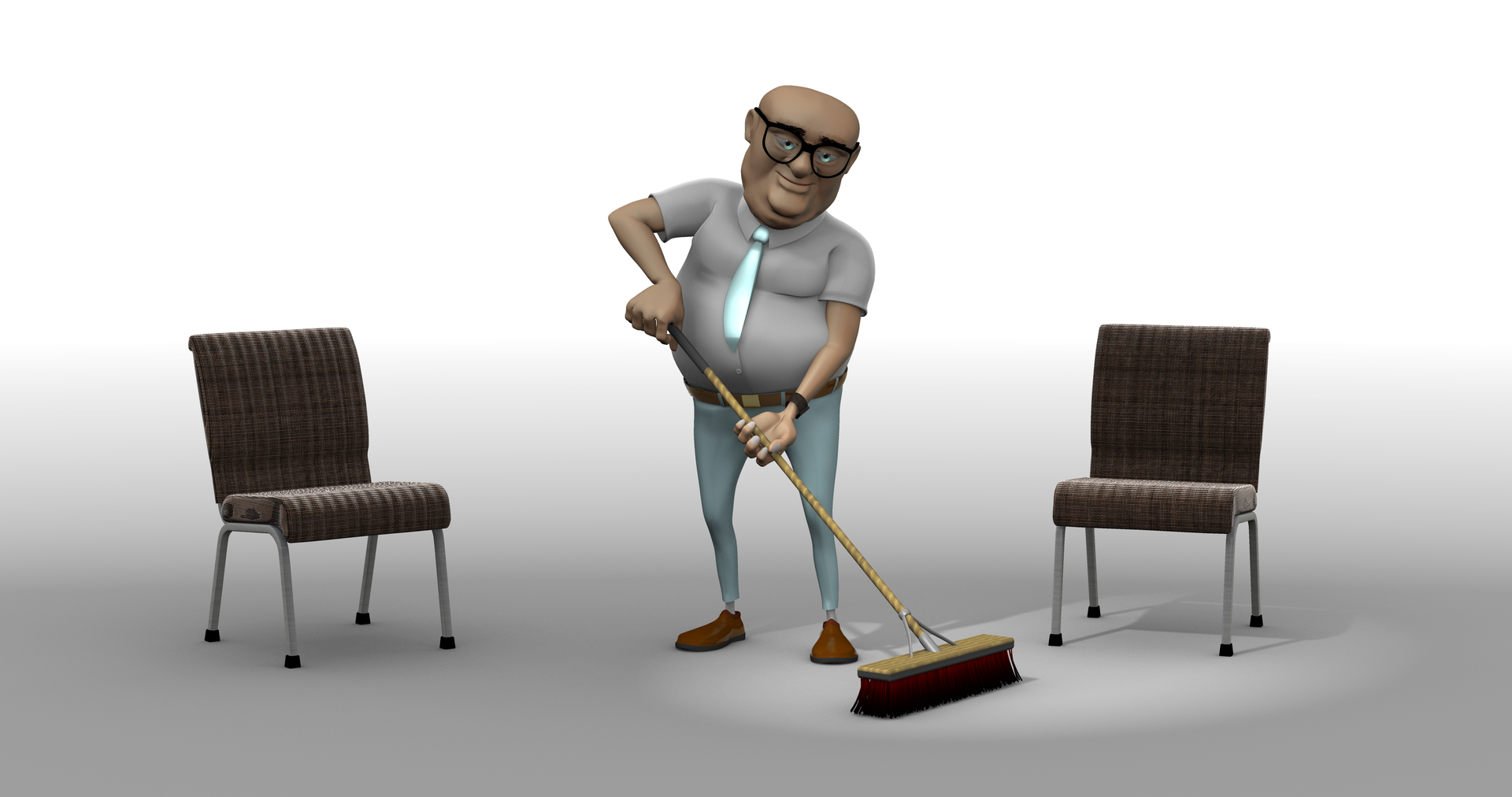
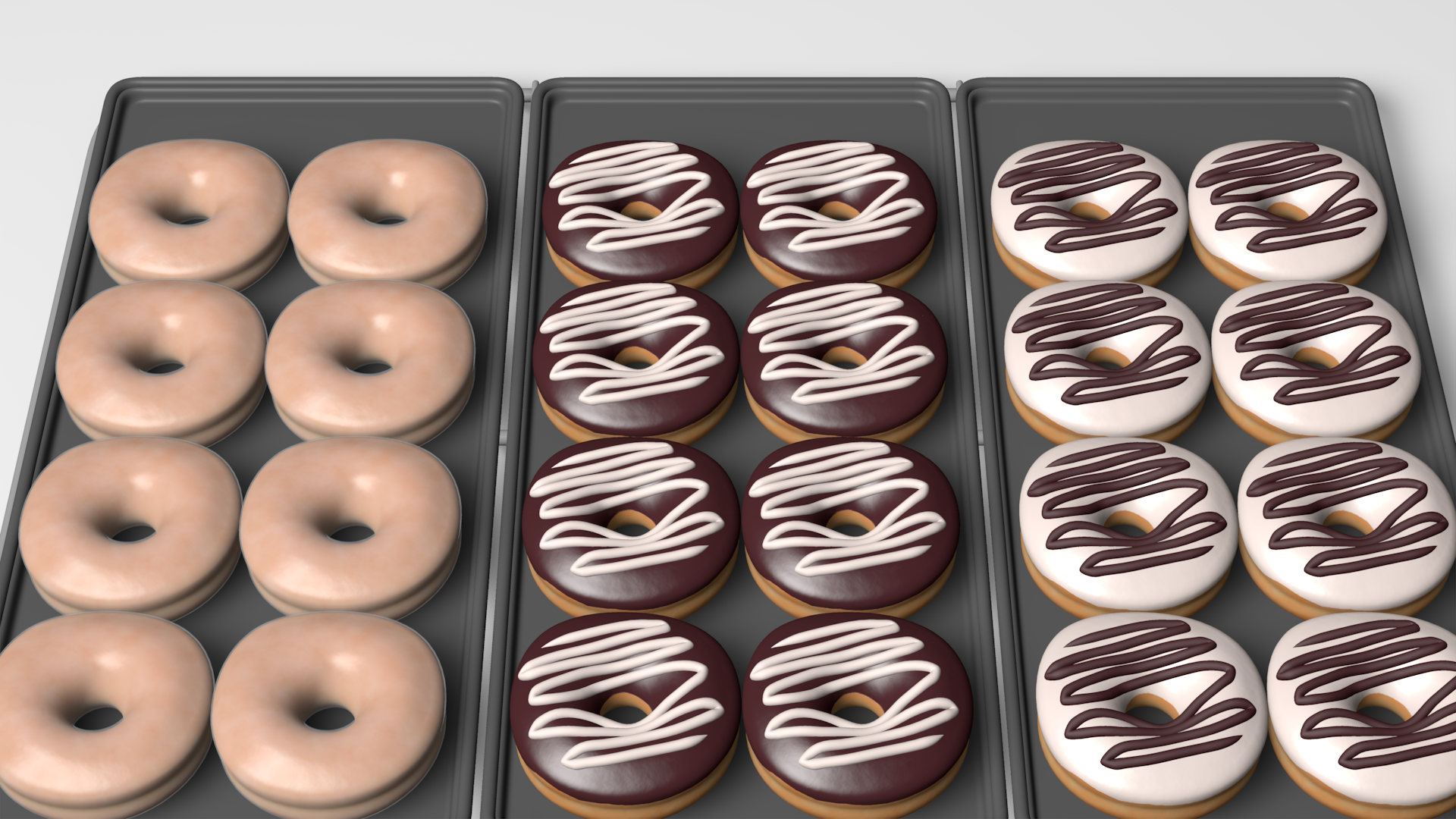
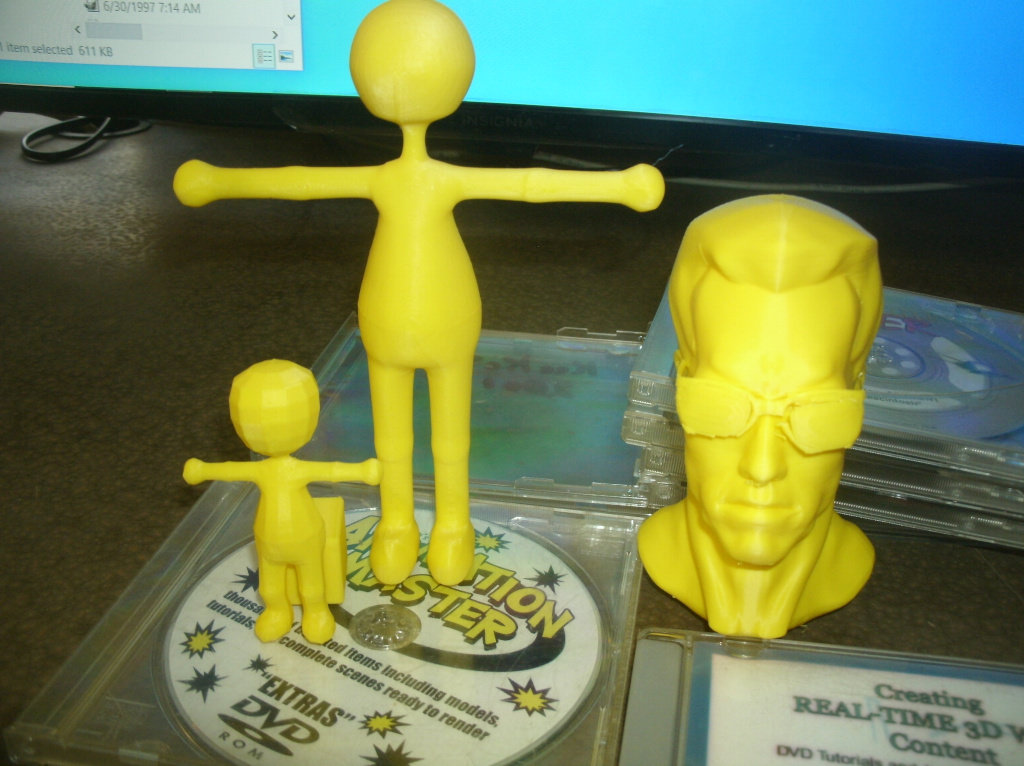
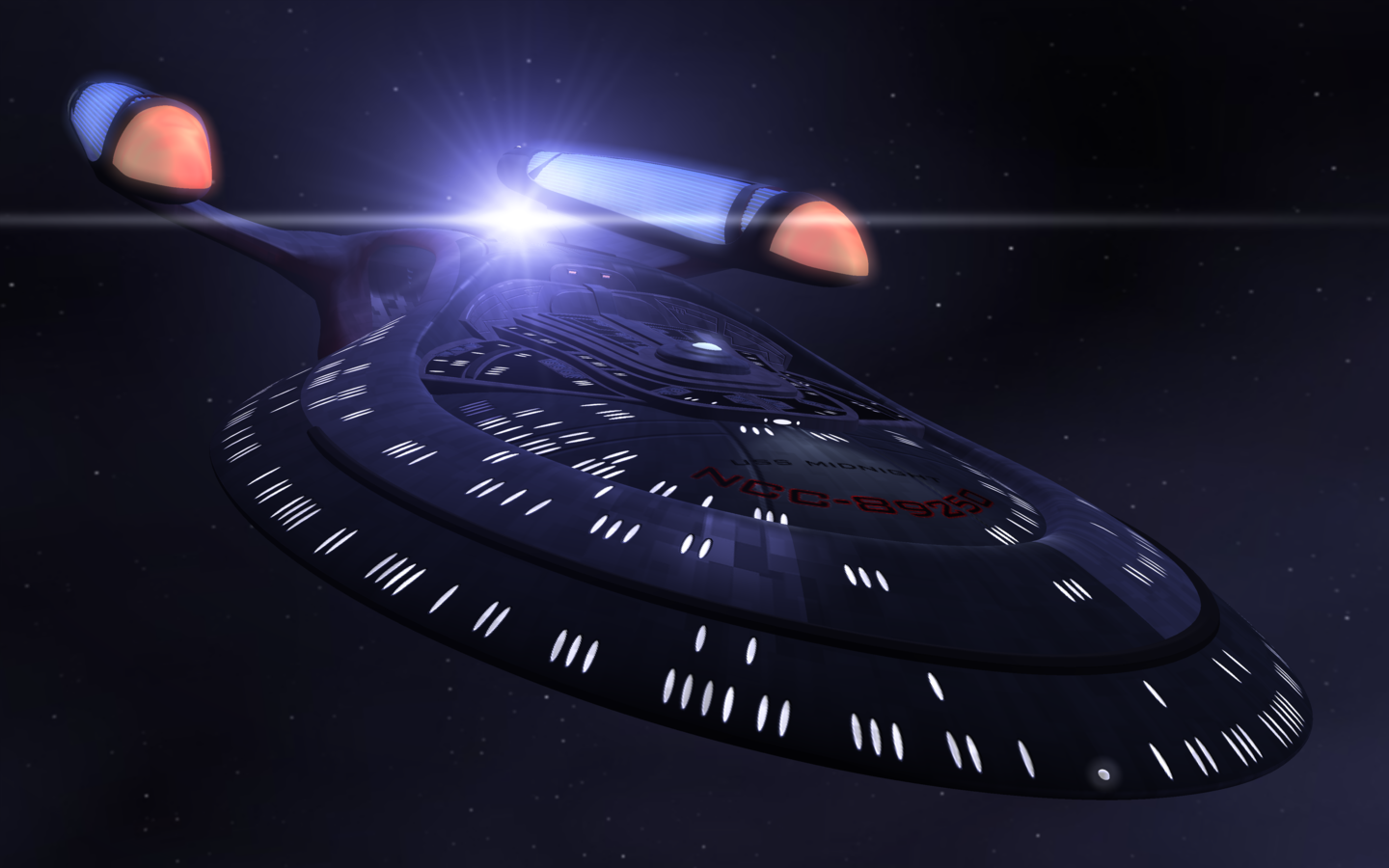
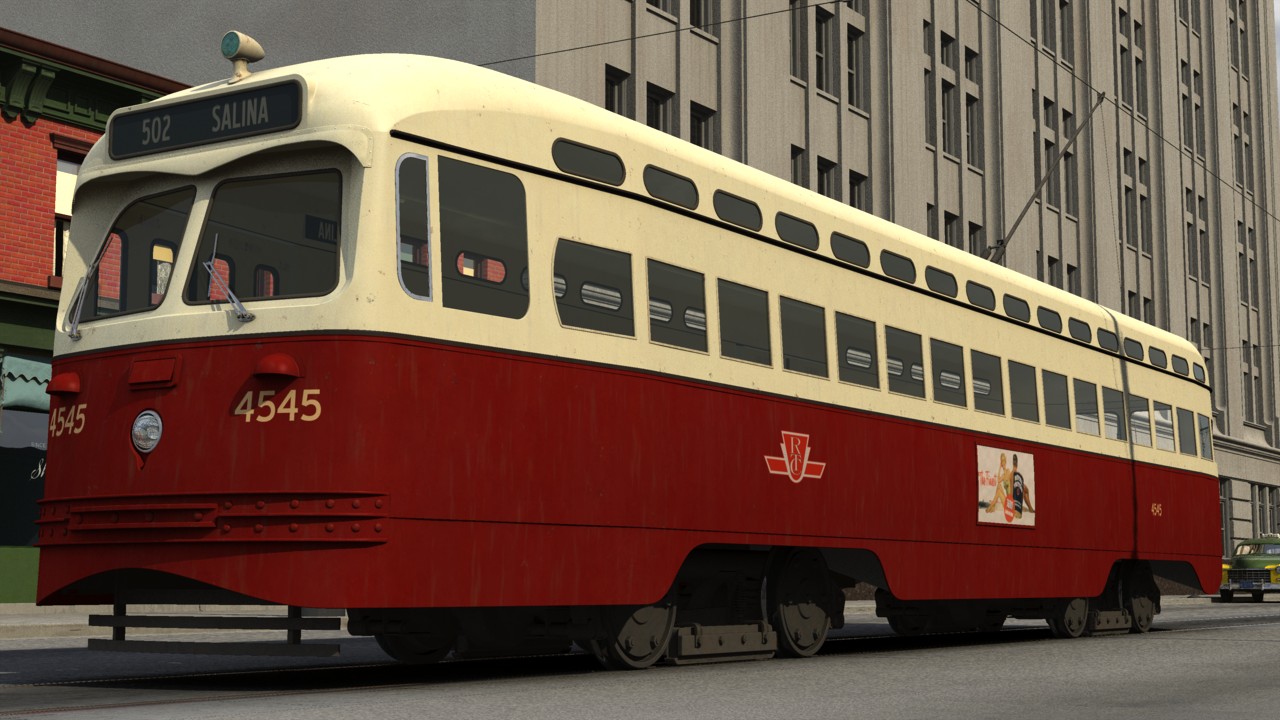



Pass the Ball!
in Work In Progress / Sweatbox
Posted
That was really heartwarming to watch!!! What a good community this is. And there is some nice work in there too.